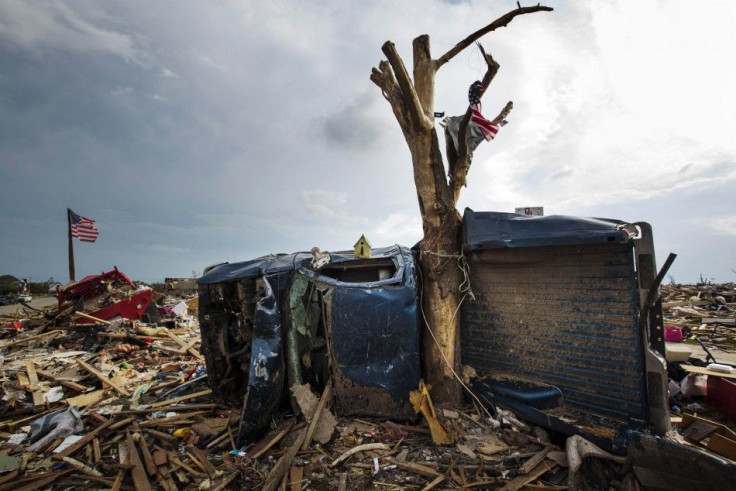Hurricane Amanda: Category 4 Strength Storm Not Expected to Hit Any Populated Areas Along its Path

Hurricane Amanda has reached Category 4 strength on Sunday, becoming the strongest ever recorded during the month of May. Experts, however, said despite its massive strength, it does not pose any threat to any populated areas.
But Mexico's National Meteorological Service warned residents of western and central Mexico to expect some rains.
First seen by weather experts developing on May 19, Hurricane Amanda formed at far off the southwestern coast of Mexico as a low pressure area. It quickly grew that by Friday it had developed into a tropical storm. By Saturday, it hit hurricane strength, reaching major category three status.
Now the strongest May hurricane on modern record for the Eastern Pacific, Hurricane Amanda's sustained winds is currently at 250 km/h. Its centre is located 1240 kilometres south of the southern tip of Baja, California.
Weather forecasters expect the system to start weakening while still out at sea, at least through Friday.
"Amanda is now the strongest May hurricane on record in the eastern Pacific basin during the satellite era," Stacy Stewart, U.S. National Hurricane Center senior hurricane specialist, said.
The system is expected to continue moving northward, well off Mexico's Pacific coast.
Scientists at the U.S. National Hurricane Center saw on Sunday afternoon Hurricane Amanda's maximum sustained winds had decreased to near 150 miles (240 kilometres) per hour.
"The [central dense overcast] has decreased in size and become more ragged looking during the past few hours, and the small eye is becoming less distinct and cloud-filled in visible imagery," Stewart said.
"Cold upwelling and occasional intrusions of dry mid-level air should slowly erode the inner-core convection over the next 24 hours or so," Stewart explained. "An eyewall replacement cycle is also possible, which would act to hasten the weakening process. By day two and beyond, the combination of cooler water, drier air, and increasing southerly vertical wind shear should induce more rapid weakening, and Amanda is forecast to degenerate into a non-convective remnant low by day 5."





















